How to Recycle Can Liners Properly
Recycling has become an essential part of living sustainably. While most of us are familiar with recycling paper, glass, and plastic bottles, can liners often get overlooked. These liners, commonly used in trash cans, are typically made of plastic, and if disposed of improperly, they can contribute to environmental pollution. However, with a little effort and knowledge, you can recycle can liners correctly and reduce your ecological footprint. Let’s explore how!
Recycling has become an essential part of living sustainably. While most of us are familiar with recycling paper, glass, and plastic bottles, can liners often get overlooked. These liners, commonly used in trash cans, are typically made of plastic, and if disposed of improperly, they can contribute to environmental pollution. However, with a little effort and knowledge, you can recycle can liners correctly and reduce your ecological footprint. Let’s explore how!
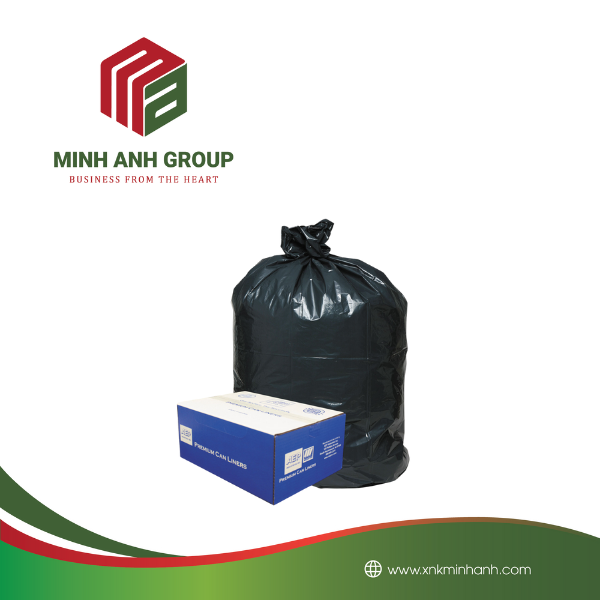
Understanding Can Liners
Can liners, often referred to as garbage bags, are primarily made from polyethylene, a type of plastic. They come in various sizes, colors, and thicknesses, depending on their intended use. Some are designed for heavy-duty waste, while others are suitable for lighter trash. Unfortunately, many can liners end up in landfills or as litter because people are unsure whether or how they can be recycled.
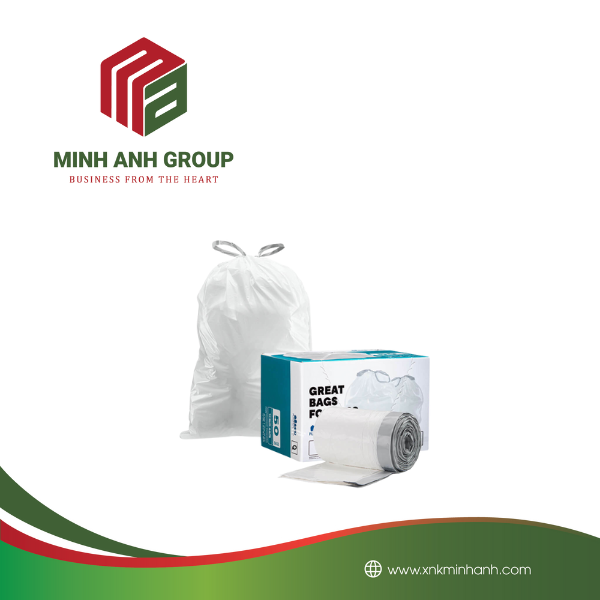
Can You Recycle Can Liners?
The short answer is yes, but it depends on the type of liner and your local recycling facilities. Most can liners are made of plastic that is technically recyclable. However, if the liner is dirty or contaminated with food waste, it cannot be processed through standard recycling channels.
Additionally, thinner plastic bags or liners may fall under the category of “soft plastics,” which are not always accepted in curbside recycling programs. These require special drop-off locations or collection programs to ensure proper recycling.
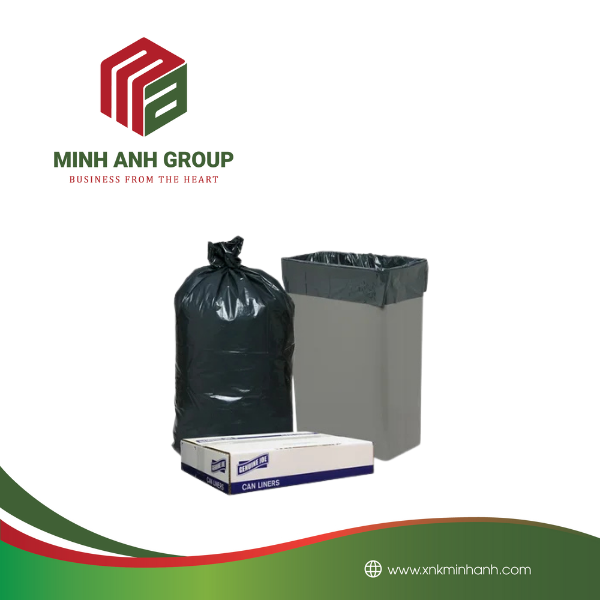
Steps to Recycle Can Liners Properly
Recycling can liners involves a few simple but important steps to maximize their potential for reuse:
# 1. Choose Recyclable Liners
When purchasing can liners, opt for ones labeled as recyclable or made from recycled materials. Many manufacturers now produce eco-friendly options that are easier to recycle or biodegrade more quickly in landfills.
# 2. Keep Them Clean
One of the biggest challenges with recycling can liners is contamination. If the liner has been used to hold food waste, liquids, or other organic materials, it cannot be recycled in most cases. To make recycling easier:
– Use a separate liner for dry waste like paper, plastic bottles, or cans.
– Rinse or wipe out the liner if it’s lightly soiled before recycling it.
# 3. Check Local Recycling Guidelines
Every city or municipality has its own rules for recycling. Some areas accept soft plastics like can liners in curbside bins, while others require you to take them to designated drop-off points. Visit your local waste management website or contact them directly to find out what’s accepted in your area.
# 4. Utilize Store Drop-Off Locations
Many grocery stores and retailers have collection bins specifically for plastic bags and soft plastics, including can liners. These programs ensure that the materials are sent to specialized facilities equipped to handle them. Just make sure the liners are clean and dry before dropping them off.
# 5. Repurpose When Possible
Before tossing a can liner into the recycling bin, consider reusing it for another purpose. For example:
– Use it again as a trash bag if it’s still intact.
– Repurpose it for storing items like clothes or shoes.
– Use it as a liner for pet waste or yard debris.
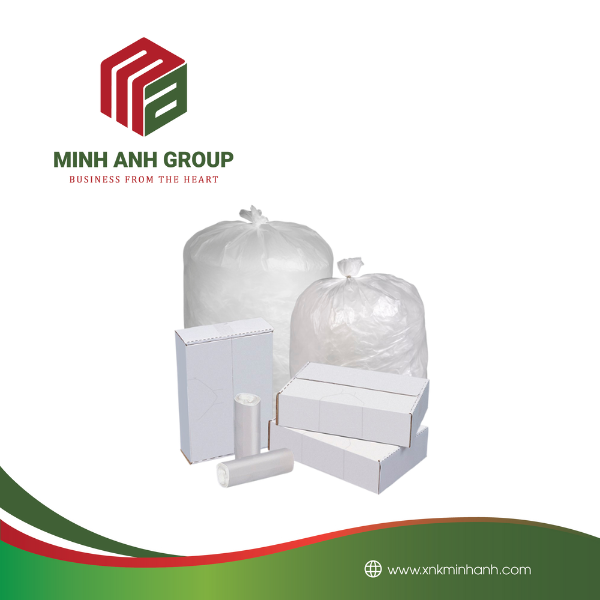
Repurposing extends the life of the liner and reduces the demand for new ones.
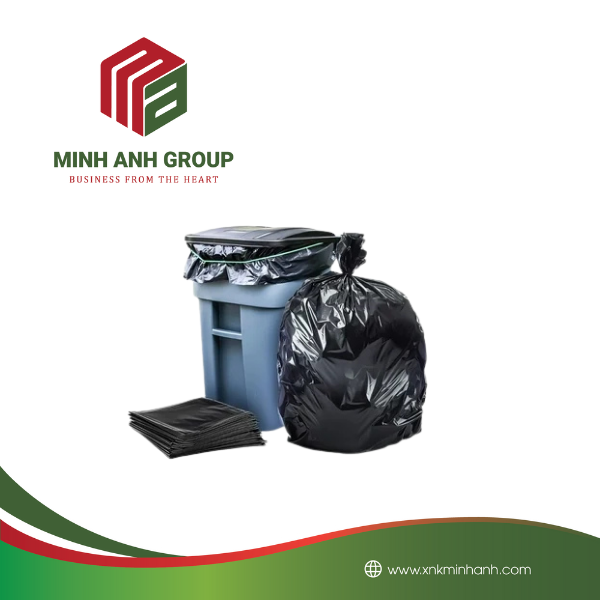
Alternatives to Traditional Can Liners
If recycling can liners feels challenging or inconvenient, consider reducing your reliance on traditional plastic bags altogether. Here are some eco-friendly alternatives:
– Compostable Bags: These are made from plant-based materials and break down more easily in composting systems. They’re a great option if you’re disposing of organic waste.
– No Liner at All: If possible, skip the liner altogether for dry trash bins. Simply clean the bin regularly to maintain hygiene.
– Reusable Liners: Some companies offer washable and reusable trash can liners made from durable materials like fabric or silicone.
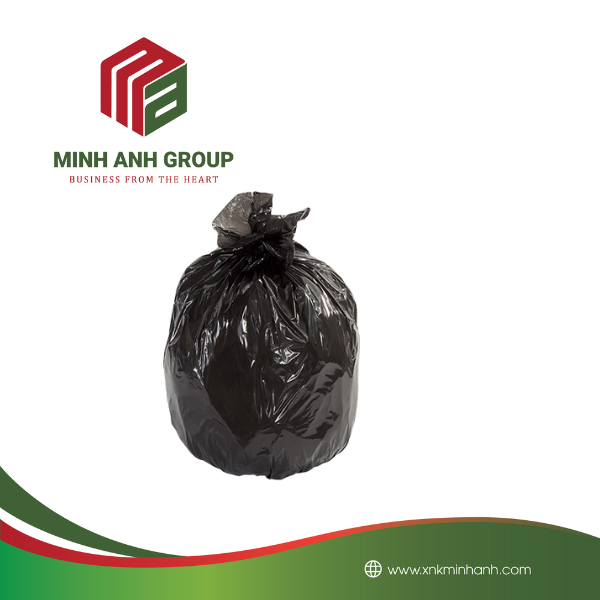
Why It Matters
Recycling can liners properly may seem like a small step, but it has a significant impact on the environment. Plastics that end up in landfills can take hundreds of years to decompose, releasing harmful chemicals into the soil and water over time. By recycling or reusing can liners, you help reduce waste, conserve resources, and contribute to a healthier planet for future generations.
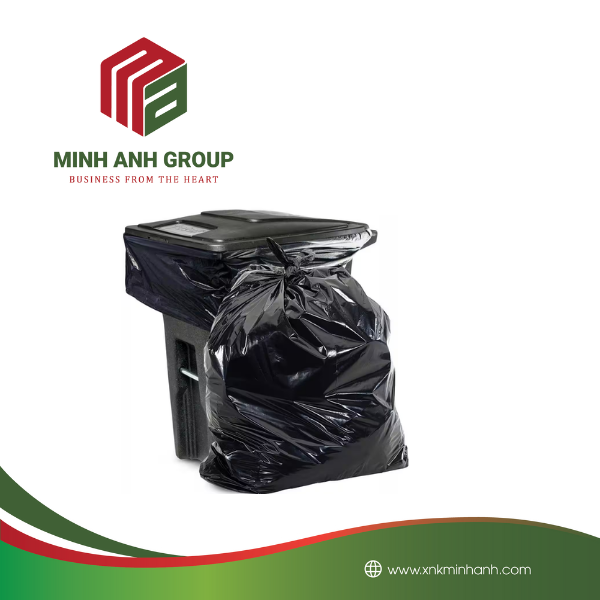
Final Thoughts
While recycling can liners requires a bit more effort than tossing them in the trash, the benefits far outweigh the inconvenience. By choosing recyclable options, keeping them clean, and following local recycling guidelines, you can make a positive difference in reducing plastic waste. Every small action counts when it comes to protecting our environment—so why not start with something as simple as your trash bag?
Happy recycling! 🌍
Hãy là người đầu tiên nhận xét “How to Recycle Can Liners Properly” Hủy
Sản phẩm tương tự
Tin Tức Bao Bì
Tin Tức Bao Bì
Tin Tức Bao Bì
Tin Tức Bao Bì

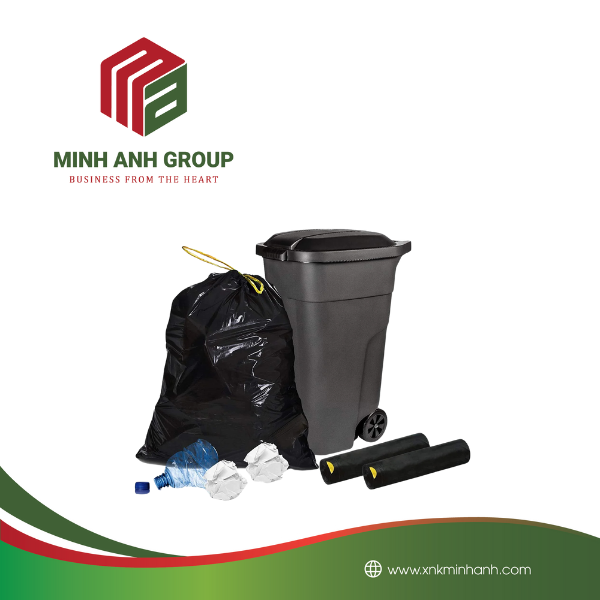
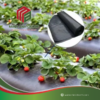
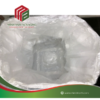











Đánh giá
Chưa có đánh giá nào.